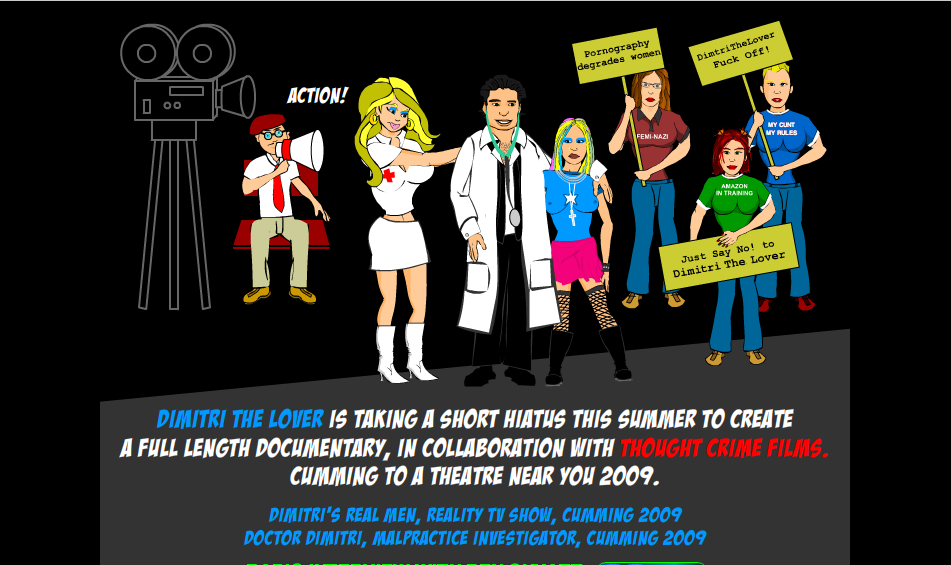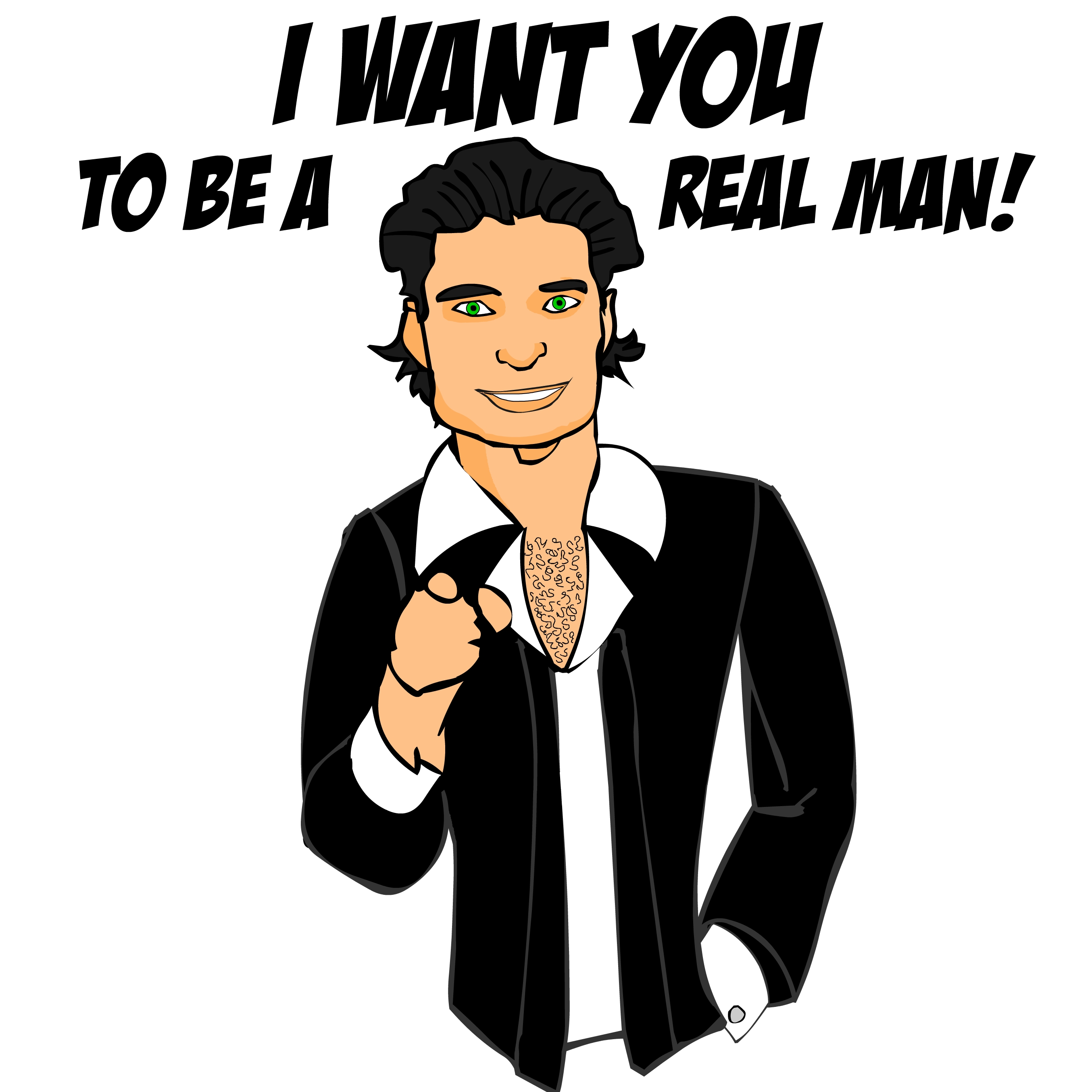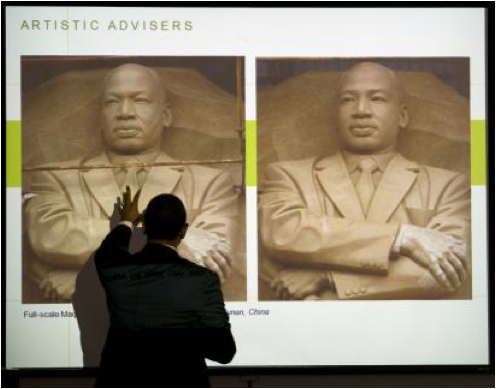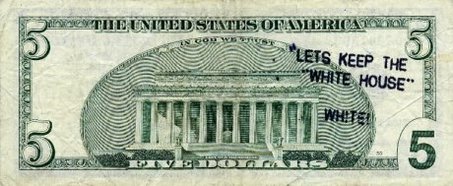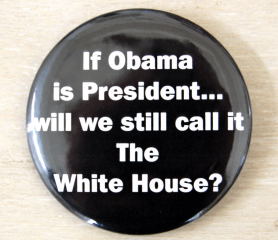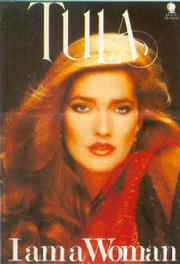I don’t know how “real” any of this is, but this what I’ve been able to collect on this matter…
If you are connected to the internets, you have probably heard these messages left on some unsuspecting woman’s answering machine.
The messages have been attributed to Dmitri the Lover, a professional seducer of women and teacher of seducers of women. Here is a screen shot of his wholly misogynistic website:
Here, too, is a news article detailing how he lost his medical license due to inappropriate sexual advances and has been accused of rape many times ‘n other great stuff.
Thanks to Jason S., Brett W., and CoRri V. for the links and info!
NEW! Still at it, a reader alerted us to Dmitri’s “meeting” this January:
THERE IS ONLY ONE OPPORTUNITY EACH YEAR FOR HORNY MEN TO SEDUCE WOMEN THIS INSECURE, GROSSLY UNDERFUCKED, AND HIGHLY IMPRESSIONABLE.
More (his emphasis):
As a MEDICAL DOCTOR, Dimitri The Lover is extremely cognizant of the fact that studies have show over 60% of women worldwide suffer from a psychological disorder at some time during their lives. In Canada’s northern climate, January is the worst month of the year for psychological symptoms, primarily because a decrease in the level of sunlight and shortened hours of daylight cause “Seasonal Affective Disorder”. Exacerbated by both the post-holiday psychological letdown from unrealistically high pre-holiday expectations, and the effects of alcohol withdrawal on the neural pathways, this condition causes many women to fall into a MILD REACTIVE DEPRESSION. Therefore, these once proud sluts become insecure and begin to doubt the value of their existing relationships, which even in the best of times are just barely adequate to meet their psychosexual needs.

